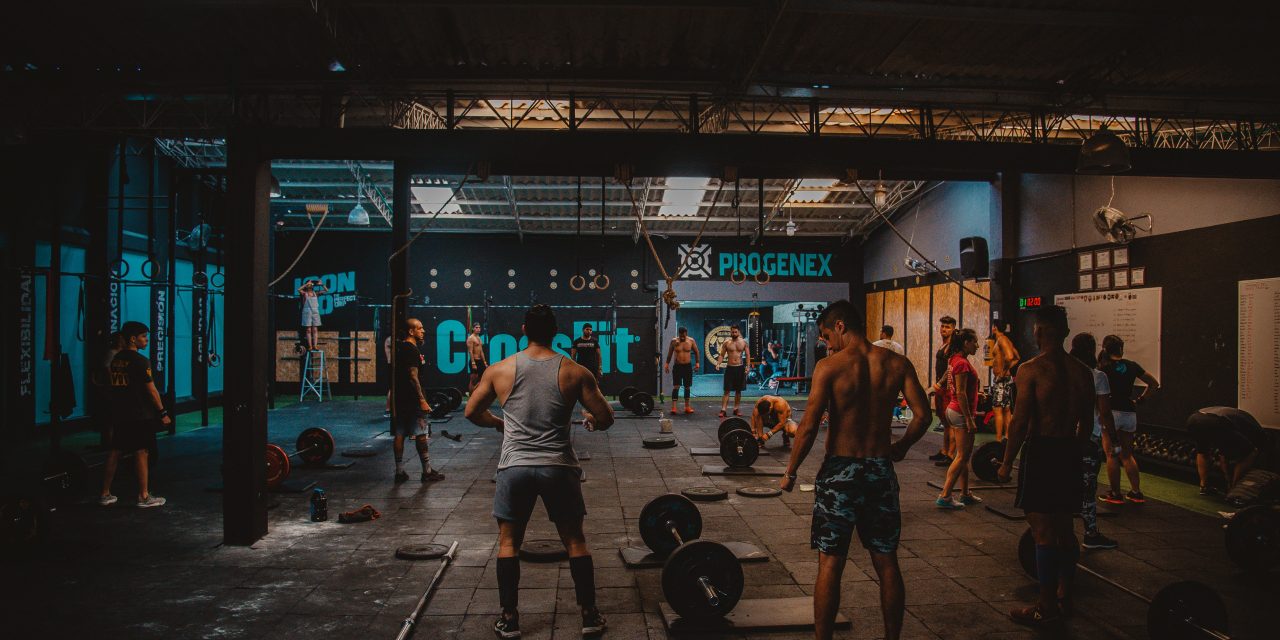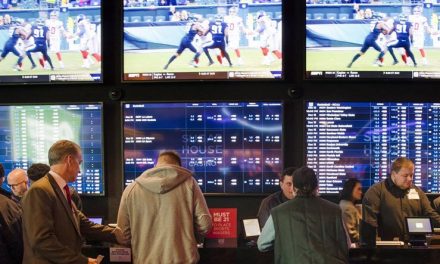Velocity Based Training is still rare in commercial gyms, but it is present in elite performance because of the importance of having this precise VBT training for athletes. By controlling the speed at which we move the load we can know if we are closer or closer to failure, thus fine-tuning the training stimulus much more.
But what is VBT, what can we use it for and how do we program it. Here we tell you everything you need to know about this training.
What is Velocity-Based Training?
Strength training is directly related to the speed at which we move the weight. We usually use percentages of one repetition maximum (%1RM) to determine intensity, so 80% of 1RM is a weight that is 80% of the weight we could move just once.
If we are able to lift 100kg in bench press, but only once, that is our RM (repetition maximum). From there, 80% of 1RM would be 80kg, 60% of 1RM would be 60kg and so we could adjust the weight we lift. The problem is that we are not in the same physical condition every day, some days being stronger than others.
One day when we have had little sleep and are weaker, the same weight will cause us more fatigue than another day when we have had a good night’s rest and are in very good physical condition. This is where the lifting speed comes in, which can tell us the percentage of load we are lifting at that very moment, according to its speed.
Thanks to this discovery, where it was observed that the speed at which we move the load decreases as we approach fatigue, research began to investigate how strength training could be programmed based on this.
Nowadays there is a lot of research that deals with this, providing data that allows us to train with precision, simply by observing the speed at which a load is lifted.
It is not necessary to carry out tests or anything similar. In the warm-up itself we can already see how we feel and we can adjust the loads we are going to move that day. However, it is used with global exercises such as squats, deadlifts, bench presses, pull-ups and similar. It is not useful for typical hypertrophy training on machines.
How is speed measured?
To measure the speed at which the bar moves we need a device, such as the VBT encoder of Vitruve, that is placed either on our forearm or on the bar. This device calculates how far the bar has travelled and the time it has taken to do so.
By knowing the distance and the time it has taken to complete it, we can obtain the speed of execution. There are also mobile applications that allow us to do this manually, following the same logic. The advantage of a device over a mobile app is its speed and immediate feedback.
Why use Velocity-Based Training (VBT)?
When we strength train, we need to move the load as fast as possible, whatever the load. If the load is too high from the outside, we will see the bar move slower, but our intention is to move that weight as fast as possible, whatever the actual speed of the bar.
Using a device to measure the speed of the lift can motivate us to lift 10% faster. Seeing the speed at which we move the load on a device makes us want to lift faster. That alone is worth using.
In addition, fatigue control will take a leap in quality if we control the speed of our lifts. With any exercise we can see how the first repetition is easier and faster, but as we get closer to muscle failure the load moves slower. We lose speed with each repetition.
This loss of speed indicates that we are becoming fatigued and that we are approaching muscle failure. If we are able to know the fatigue we are experiencing according to our speed, our workouts will be of very high quality, as we will give the right stimulus without fatigue.
How to use Velocity-Based Training (VBT)?
We can get the same results with less fatigue in strength training if instead of going to failure, or close to it, we perform half as many repetitions as possible. That is, if we have set a load that will allow us to perform six repetitions (no more), we will perform only three.
To know the speed at which we are moving the bar, we need a device or application that measures the speed of displacement. Once we have that device, we can work out our speeds for each lift and with different weights.
There are generic tables that indicate how many repetitions we can do according to the speed at which the bar is moving. For example, if we lift 100kg of back squat at 0.55m/s on the first repetition it means that we could do six repetitions with that weight.











